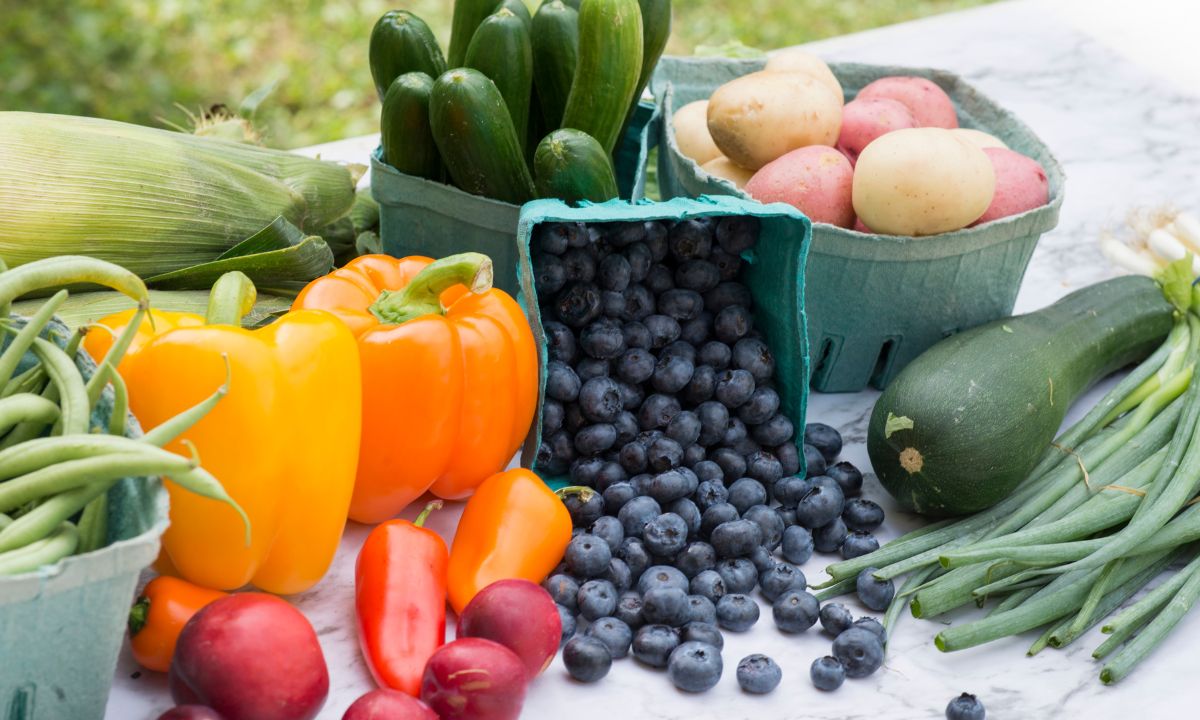Introduction to Winter Produce
As the temperature drops and the days get shorter, it’s natural to crave warm, comforting meals. Luckily, winter brings an abundance of fresh, seasonal fruits and vegetables that are both nutritious and delicious. In this article, we’ll explore the benefits of eating seasonally, highlight the top winter fruits and vegetables, and provide some ideas for incorporating them into your meals.
Benefits of Eating Seasonally
Eating seasonally means consuming fruits and vegetables when they are naturally at their peak in terms of flavor, nutrition, and abundance. Seasonal eating has several benefits, including:
- Supporting local farmers and the environment by reducing transportation and storage costs.
- Enjoying fresher, more nutritious produce.
- Discovering new, unique fruits and vegetables.
- Saving money, as in-season produce is often more affordable.
- Encouraging creativity in the kitchen with a variety of flavors and textures.
Top Winter Fruits
Citrus Fruits
Winter is the prime season for citrus fruits like oranges, tangerines, grapefruits, and lemons. They’re packed with vitamin C, which helps support a healthy immune system during cold and flu season. Enjoy them fresh or use them to add a burst of flavor to your favorite dishes.
Pomegranates
Pomegranates are a winter fruit known for their ruby-red seeds and antioxidant properties. They make a beautiful addition to salads, yogurt, or as a garnish for roasted vegetables.
Kiwifruit
Kiwifruit, also known as Chinese gooseberries, are in season during the winter months. They are rich in vitamin C, potassium, and fiber. Enjoy them on their own or incorporate them into smoothies, fruit salads, or desserts.
Persimmons
Persimmons are a lesser-known winter fruit with a sweet, honey-like flavor. They come in two varieties: Fuyu and Hachiya. Fuyu persimmons are eaten when firm, while Hachiya persimmons are consumed when soft and ripe. Use them in salads, desserts, or even as a topping for oatmeal or yogurt.
Top Winter Vegetables
Root Vegetables
Root vegetables, such as carrots, parsnips, beets, and turnips, thrive in cooler temperatures. They are loaded with nutrients and can be used in a variety of dishes, from soups to roasted vegetable medleys.
Winter Squash
Winter squash, like butternut, acorn, and spaghetti squash, are versatile and packed with vitamins and minerals. Their sweet, earthy flavors pair well with a variety of seasonings, and they can be roasted, stuffed, or turned into soups.
Brassicas
Brassicas, or cruciferous vegetables, include kale, Brussels sprouts, cauliflower, and broccoli. These nutrient-dense vegetables are high in fiber, vitamins, and antioxidants. They can be roasted, sautéed, or added to salads and stir-fries.
Leafy Greens
Winter greens like Swiss chard, collard greens, and spinach are hearty and full of vitamins and minerals. Sauté them with garlic and olive oil, or add them to soups, stews, and smoothies for a nutrient boost.
Cooking with Winter Produce
Soups and Stews
Winter produce lends itself well to warm, comforting soups and stews. Root vegetables, winter squash, and leafy greens can all be incorporated into these dishes. Try making a hearty vegetable soup, a creamy squash soup, or a flavorful beet and barley stew.
Roasted Vegetables
Roasting is a simple and delicious way to prepare winter vegetables. Toss your favorite veggies in olive oil, salt, and pepper, and roast them until tender and caramelized. Try a mix of root vegetables, Brussels sprouts, and winter squash for a colorful and flavorful side dish.
Salads and Sides
Winter produce can also be used in salads and side dishes. Combine citrus fruits with leafy greens for a refreshing salad, or mix roasted vegetables with grains like quinoa or farro for a hearty side dish. Pomegranate seeds and chopped nuts can add texture and flavor to any winter dish.
Conclusion
Winter produce offers a wide range of flavors, textures, and nutrients that can be enjoyed throughout the cold months. By embracing seasonal fruits and vegetables, you can support local farmers, enjoy fresher and more nutritious produce, and explore new culinary adventures. So, bundle up and dig into the delicious bounty that winter has to offer.
FAQs
- What are some tips for selecting the best winter produce? Look for firm, brightly colored fruits and vegetables without any visible bruises or mold. For leafy greens, choose ones with crisp, vibrant leaves.
- How should I store my winter produce? Most winter vegetables can be stored in a cool, dark place like a pantry or cellar. Leafy greens and some fruits should be refrigerated in a crisper drawer.
- Can I freeze winter produce? Yes, many winter fruits and vegetables can be frozen for later use. Be sure to blanch vegetables like broccoli and kale before freezing to preserve their texture and color.
- Are there any winter produce items that are particularly good for immunity? Citrus fruits, kiwifruit, and leafy greens are all high in vitamin C, which is known to support a healthy immune system.
- Can I grow my own winter produce? Depending on your climate, you may be able to grow some winter vegetables like kale, Swiss chard, and root vegetables in your garden. Check with your local extension office for guidance on planting and harvesting in your area.
